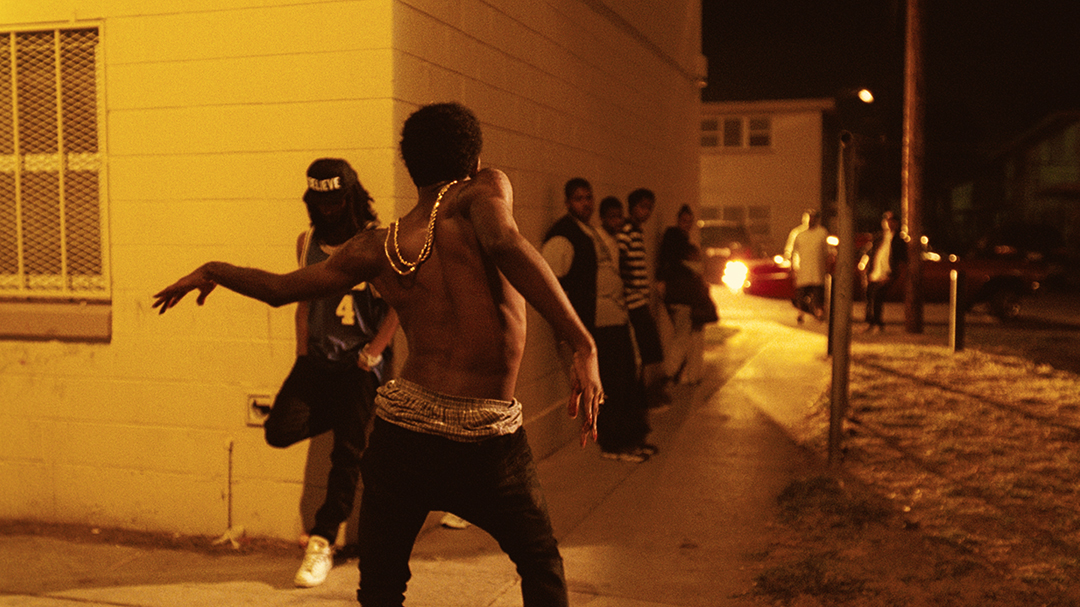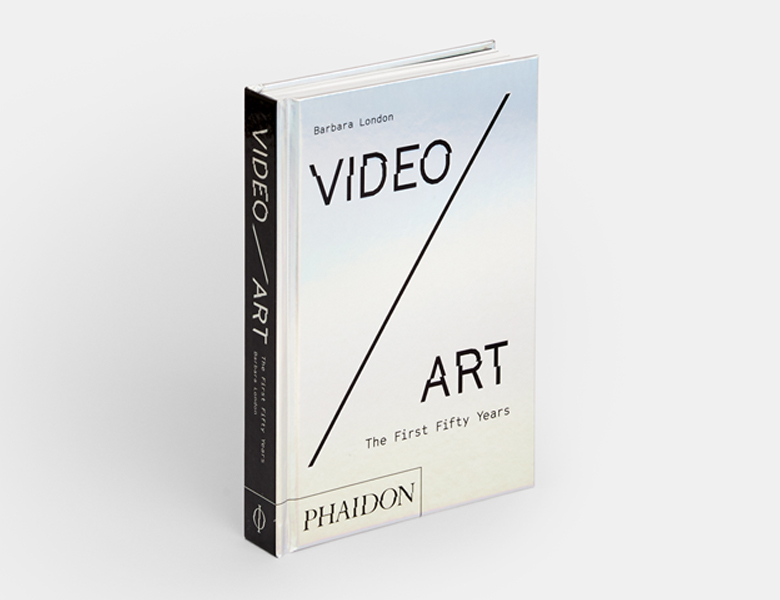
The groundbreaking video artist inspired by the Oscars
In her new book Barbara London charts the development of the genre-defying video artist Kahlil Joseph
The cultural gap between the silver screen and the phone screen has never been smaller, as the video art curator and author Barbara London acknowledges in her new book, Video/Art: The First Fifty Years.
In her profiling of the young US artist Kahlil Joseph, she writes that “Modern life is lived in a kind of temporal collapse, a ‘digital now,’ as time and space have continued to shrink since the early 1990s, through the use of smartphones and other handheld and wearable devices.”
Yet, while Joseph works in a way that blurs the distinction between fine-art installation and music video promos – he’s shown at the Venice Biennale, but also collaborated with recording artists such as Kendrick Lamar – the initial impetus for his career in moving image creation began with the most starry, cinematic of awards shows: The Oscars.
“Joseph grew up in a close-knit family in Seattle, and it was as a high school exchange student in Brazil in 1998 that his interest in film arose,” writes London. “Feeling homesick, he tuned in to the Academy Awards and watched Good Will Hunting win for best screenplay. If two young kids from Boston can write, he thought, then so could he.”
Spurred on by Matt Damon and Ben Affleck’s breakthrough win, Joseph studied art, art history, photography, and television at Loyola Marymount University in downtown Los Angeles, dug deep into foreign cinema, much of it reaching his TV via Netflix, which began in 1997 as a mail-order movie rental service.
Joseph found work with venerable film directors such as Terrance Malik, yet he continued to carve out his own niche, at a time when divisions between different working practices and visual outlets were in flux. London singles out a recent and on-going work of the artist’s, BLKNWS, for particular praise.
The piece arose from the artist’s residency at Stanford University, during which time Joseph worked with the faculty, students, and staff from a number of different fields, hosting roundtable discussions. As the project developed “he started with the postulate that anything can be news,” writes London, and while the resultant footage of news-style interviews and clips may have ended up as a two-screen installation at the 2019 Venice Biennale, Joseph’s original choice of outlet was quite different.

“I learned that BLKNWS was originally conveived of as a pitch to cable networks for a real news show,” writes London. “Turned down by the major networks, the proposal became an artwork.” Rather than view this initial pitch as a failure, London sees the work as an innovation, and a sign of things to come.
“I believe that television and art will continue to evolve, intertwined, as artists seek new paradigms,” writes London. “Joseph’s work is the harbinger of an image-oriented, posttext future, as audio and video gallop along together on the internet. Joseph seems primed for the future — a multimedia culture, in which text recedes to the background and audiovisuals take over.”
For a little more of that receding text on the audiovisual takeover of fine art, viewed from the very beginning, buy a copy of Barbara London’s book, Video/Art: The First Fifty Years here.